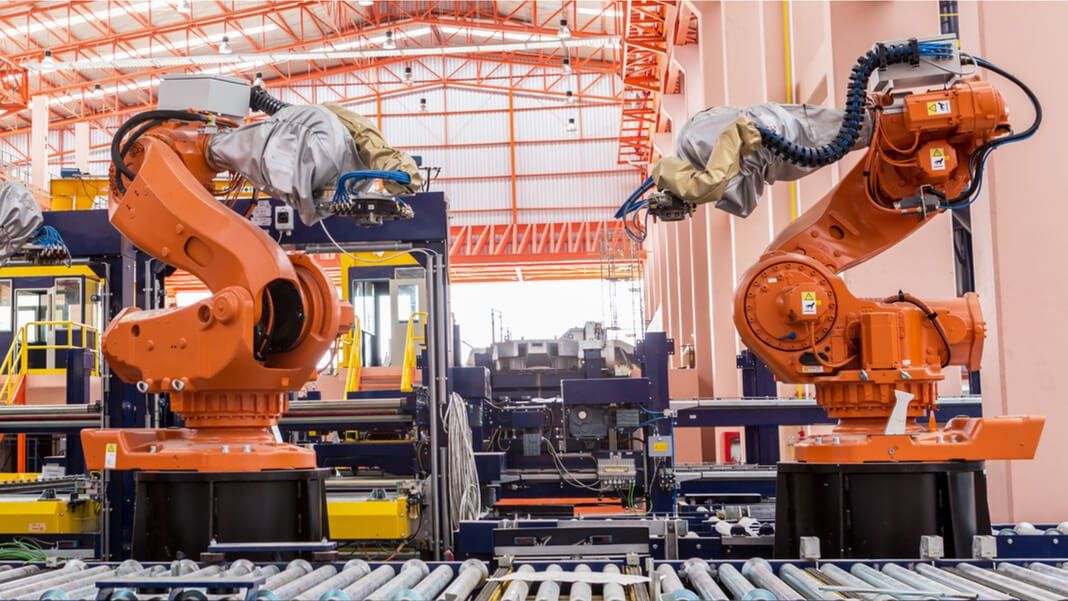Feb 1, 2017
New Study Predicts Nearly Half of All Work Will Be Automated
Posted by Shane Hinshaw in categories: futurism, robotics/AI
In Brief
- A new report predicts that nearly 50% of all work could be automated by the year 2055, with machines already capable of taking over 30% of human tasks in about 60% of occupations.
- Though this shift could take longer due to politics and public sentiment, we need to start preparing now for a future in which many workers are displaced by machines.
According to a new report from the McKinsey Global Institute, nearly half of all the work we do will be able to be automated by the year 2055. However, a variety of factors, including politics and public sentiment toward the technology, could push that back by as many as 20 years. An author of the report, Michael Chui, stressed that this doesn’t mean we will be inundated with mass unemployment over the next decades. “What we ought to be doing is trying to solve the problem of ‘mass redeployment,’” Chui tells Public Radio International (PRI). “How can we continue to have people working alongside the machines as we go forward?”
The report suggests that the move toward automation will also bring with it a global boost in productivity: “Based on our scenario modeling, we estimate automation could raise productivity growth globally by 0.8 to 1.4 percent annually.” Removing the capacity for human error and dips in speed due to illness, fatigue, or general malaise can help boost productivity in any task capable of being automated.
Continue reading “New Study Predicts Nearly Half of All Work Will Be Automated” »

















